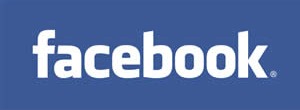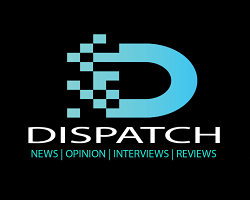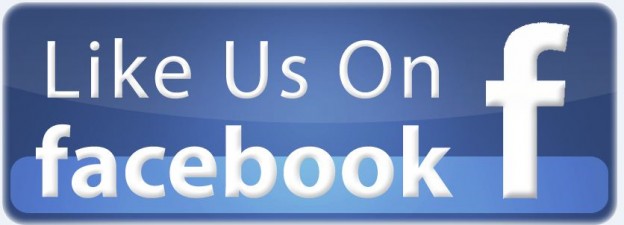US State Department spent $630K on Facebook ‘Likes,’ now only 2% fans engage the page
Critics of government spending and waste are targeting the US State Department for spending thousands to buy “Facebook Likes.”
A 57-page report, prepared by the State Department’s inspector general, found that the department’s Bureau of International Information Programs spent the money to increase its “likes” count between 2011 and March 2013, with the “goal of building global outreach platforms for engagement with foreign audiences by increasing the number of fans … on four thematic Facebook properties.”
The spending increased the bureau’s English-language Facebook page likes from 100,000 to more than 2 million and to 450,000 on Facebook’s foreign-language pages. (The State Department’s main Facebook page currently has more than 280,000 likes.)
The bureau spent about $630,000 on the two campaigns and succeeded in increasing the fans of the English Facebook pages from about 100,000 to more than 2 million for each page. Advertising also helped increase interest in the foreign language pages; by March 2013, they ranged from 68,000 to more than 450,000 fans.
 Despite the surge in likes, the government watchdog said the effort failed to reach the bureau’s target audience, which is largely older and more influential than the people liking its pages. Just over 2 percent of the fans actually engage with the pages by liking, sharing or commenting.
Despite the surge in likes, the government watchdog said the effort failed to reach the bureau’s target audience, which is largely older and more influential than the people liking its pages. Just over 2 percent of the fans actually engage with the pages by liking, sharing or commenting.Brought to light by DiploPundit, the report states: “Many in the bureau criticize the advertising campaigns as ‘buying fans’ who may have once clicked on an ad or ‘liked’ a photo but have no real interest in the topic and have never engaged further.”
“Engagement on each posting varied, and most of that interaction was in the form of ‘likes.’ Many postings had fewer than 100 comments or shares; the most popular ones had several hundred,” the report said. “The absence of a Department wide PD [public diplomacy] strategy tying resources to priorities directly affects IIP’s work. Fundamental questions remain unresolved. What is the proper balance between engaging young people and marginalized groups versus elites and opinion leaders?”
Not only does the bureau lack its own social media strategy, but various State Department bureaus have more than 150 social media accounts that are uncoordinated and often overlap, according to the IG.














